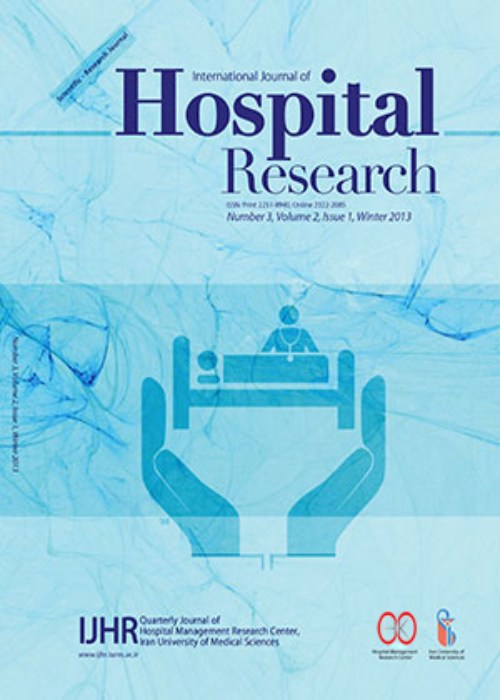Predicting Arteriovenous Fistula Non-Maturation in Hemodialysis Patients: Analytics of Inflammatory Markers and Serum Metabolic Values
Population aging has brought a rise in the prevalence of diabetes and hypertension, leading to more cases of renal failure. Hemodialysis, as a method of renal replacement therapy, by far prevails over peritoneal dialysis (93.5% vs. 6.5%). Although arteriovenous fistula (AVF) is frequently chosen as the vascular access route for chronic hemodialysis; it has limitations including non-maturation. As maintenance of an AVF is much more costly than its creation, foreseeing maturation failure can lead to a wiser allocation of patients to AVF surgery or other alternatives, with potential for significant cost containment. Previous studies have some challenges: they used intraoperative and postoperative parameters (AVF blood flow, diameter, and depth) or parameters that are costly to collect (morphologic and functional vessels characteristics), and they used statistical analysis that puts restrictions on data. In this study, we aim to provide a data mining framework for predicting AVF non-maturation using routinely available preoperative parameters, such as serum metabolic values and inflammatory markers.
We investigated the relationship of routinely available systemic inflammatory markers and baseline metabolic values in 114 end-stage renal disease patients (over 35 years of age undergoing their first radio-cephalic AVF access surgery at wrist level for chronic hemodialysis). In this study, for the first time to our knowledge, we applied predictive analytic tools such as Random Forest for retrospective analysis of prospectively collected data between 2011 and 2018.
Our results showed that a combination of inflammatory markers and serum metabolic values can prognosticate AVF maturation outcomes with an accuracy of 0.723, by the 95% confidence interval of (0.715, 0.731) and AUC of 0.853. Also, a combination of inflammatory markers, including albumin, c-reactive protein, erythrocyte sedimentation rate, hemoglobin, lymphocytes, neutrophils, white blood cells, platelets, and red blood cell distribution width, can prognosticate AVF maturation outcomes with an accuracy of 0.674, by the 0.95 confidence interval of (0.665, 0.684) and AUC of 0.824.
Risk stratification of patients for AVF non-maturation before attempting the first AVF surgery may help prevent multiple surgical failures and costly endovascular interventions by allowing vascular surgeons to make an individualized choice of vascular access method for new patients.
- حق عضویت دریافتی صرف حمایت از نشریات عضو و نگهداری، تکمیل و توسعه مگیران میشود.
- پرداخت حق اشتراک و دانلود مقالات اجازه بازنشر آن در سایر رسانههای چاپی و دیجیتال را به کاربر نمیدهد.



